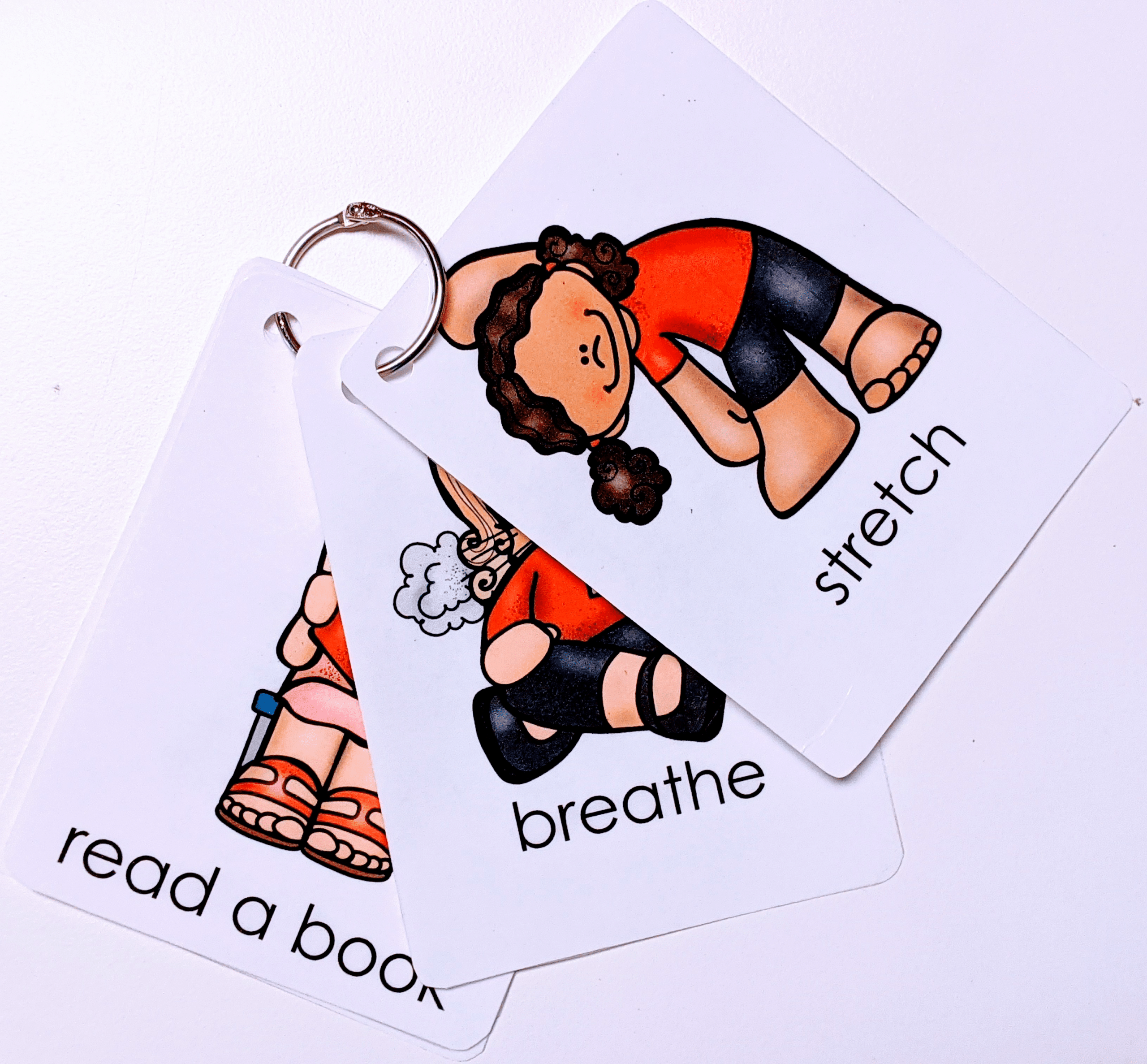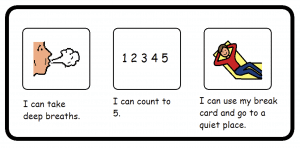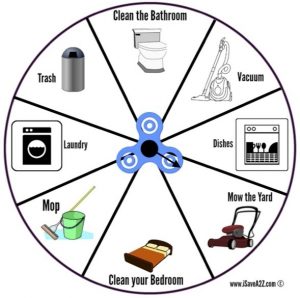We recently shared some ABA strategies to help you determine why your child might behave in challenging ways. If you now understand the “why” of your child’s behavior, you may be thinking, “Ok, great. I know why it’s happening, but how do I change it?”
At Kyo, we use several types of ABA strategies to help parents manage a child’s challenging behavior. These include proactive strategies, aimed at heading off the behavior and keeping it from happening in the first place. We also use reactive strategies, to help address behavior while it’s happening.
One proactive strategy that is typically well received by children and parents alike is offering choices. This strategy is easy to implement and is often highly effective at motivating children to behave in positive ways.
Offering choices
People love choices; they provide buy-in and increase motivation. In fact, research has shown choice as an effective way to reach a wide variety of outcomes, like increasing children’s communication, in addition to improving behavior.
Choices motivate children to behave positively because they make children feel empowered. The good news for adults is that you’re setting safe boundaries for your child, so they have agency, while you’re providing structure that works for you.
When you’re in a situation with your child that you know may trigger a challenging behavior, offer them two choices. Remember to offer the choices proactively, right before you ask your child to engage in an activity, rather than as a reaction to your child protesting against doing it.
Some examples of choices you could offer include:
Do you want to have carrots or broccoli with dinner? Do you want to walk or ride your scooter? Do you want to start your homework with this math worksheet or this book report?
During transitions, like getting in a car to go somewhere, children can be offered a choice of holding one of two items, like their backpack or their water bottle, or some other preferred object. If going out to walk the dog typically generates protests, next time proactively offer a choice of fun accessories to wear during the walk, or offer a choice of which direction to walk.
Another tip: Use visual cues to support choice making.
When offering your child choices, hold up the two items. Or, use pictures to represent the objects.




Offering choices works particularly well in heading off “noncompliant” behavior, such as refusal to engage in an activity. Can you think of a situation that often triggers your child to refuse an activity? How might you offer choices to help empower your child?
Main Takeaways
Choices are a great way to help children feel independent, while providing structure. Offering choices for foods, activities, and even tasks they don’t love can motivate them to do those things willingly.
For more tips on using ABA strategies visit our Youtube channel.
You can find more articles on a variety of ABA strategies here.




